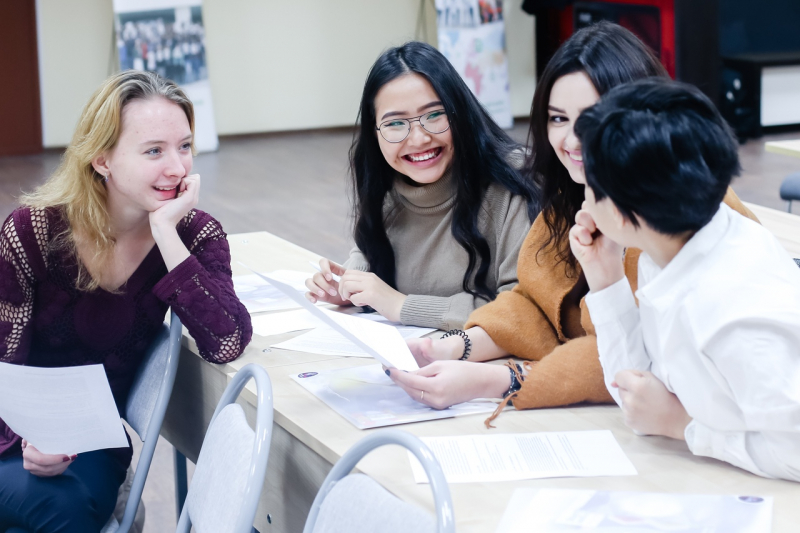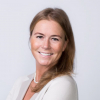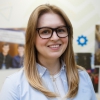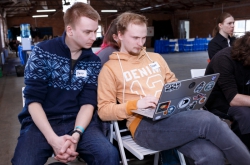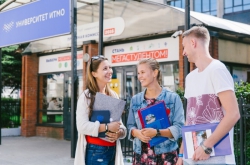ITMO University’s Institute of International Development and Partnership was founded in 2014 to maintain the university’s international image and create a welcoming environment for students from all over the world.
As Daria Kozlova, the university’s First Vice Rector, notes, the Institute establishes communication and integration between the different fields of study that exist at ITMO University and within its ecosystem.
“The primary goal of the Institute of International Development and Partnership is to develop transdisciplinarity – the combination of academic and non-academic competencies, fields, and communities. We provide an entry point to ITMO for creative and artistic individuals. The Institute creates all of its research projects and educational programs in close network collaboration with other faculties, groups, and departments of the university. We even have a joke about “ITMO – Connecting People”,” says Daria Kozlova. “Another major and important task we have is to develop the university’s core set of disciplines. These disciplines cover modes of thinking, soft skills, the English language, creative technologies, and Russian as a foreign language. Finally, we’re also responsible for all international activities in the broadest sense: from supporting international students to providing content in a variety of languages.”
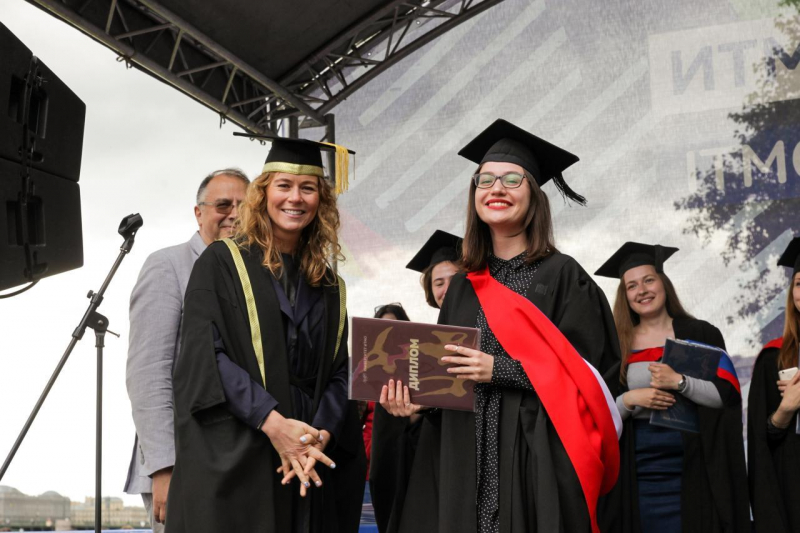
Today, the Institute is the main hub for interdisciplinary research and innovative educational programs in cutting-edge and promising fields. The Institute is home to Russia’s only Master’s program in science communication, the Digital Humanities Research Center and its program Data, Culture and Visualization, and the Art & Science Center, home to Russia’s first-ever Master’s program in Art & Science. Last year, ITMO University and the European University at St. Petersburg launched the double-degree Master’s program Science and Technologies in Society.
Find out more about each program's educational structure and the opportunities it offers in this overview article.
Science Communication
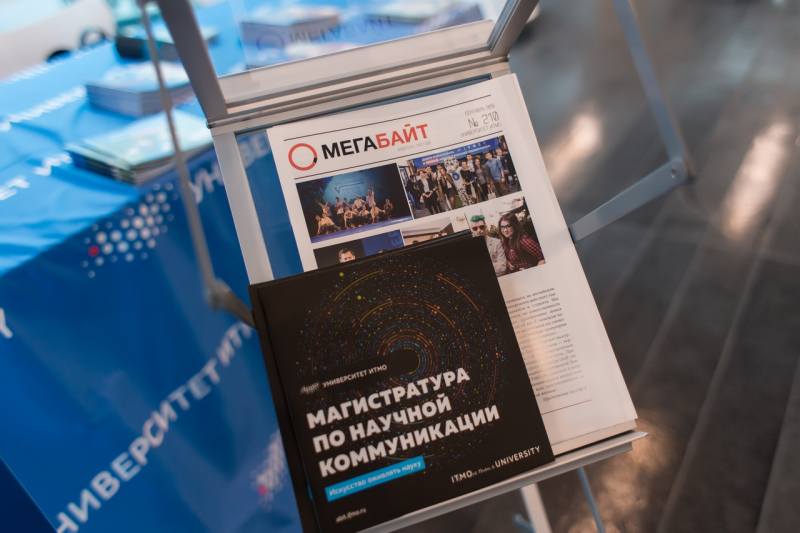
The Master’s program Science Communication was launched at ITMO five years ago, in 2016, and was the nation’s first program to train specialists in establishing communication between science and the public. Its graduates go on to become science journalists, PR managers at educational and research institutions, producers of pop-science content, curators, and managers of pop-science events, as well as analysts and researchers. Nevertheless, the program’s creators point out, new jobs and career opportunities continually emerge at the intersection of the aforementioned fields.
One of the program’s unique features is that it’s open to applicants regardless of their background, be it in humanities, natural sciences, tech, or medicine. The main criterion is curiosity and a drive to get down to the core meaning of a subject without missing out on any important implications.
“Every year, we get new students of all types: engineers, religious studies scholars, physicists, medical specialists, and so on. With every new batch, we have a unique team with members who round each other out and thus become stronger. As a rule, their one common trait is the desire to understand what, how, and to whom they can talk about in the world of science and technology – and to do it efficiently, ethically, and with joy,” says Daria Denisova, co-founder of the program and head of ITMO University’s Center for Science Communication.
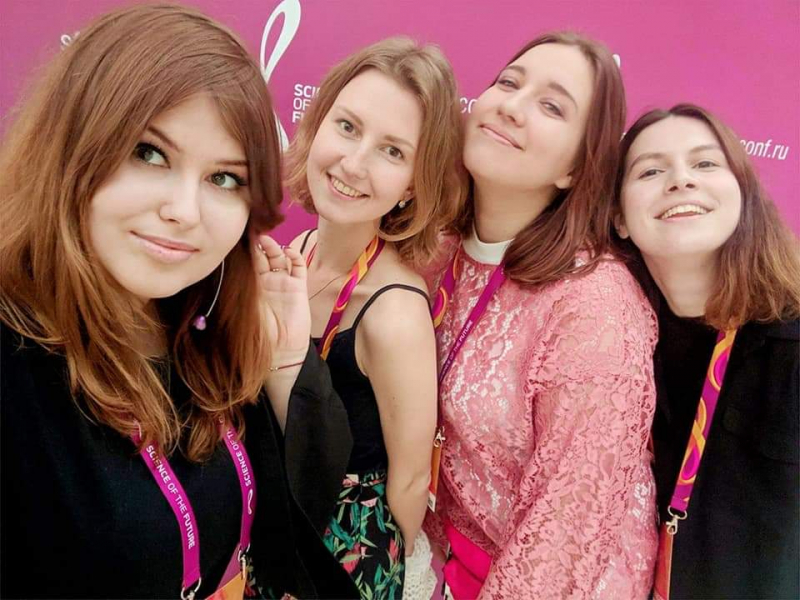
Educational structure
The program continues for two years, with students creating their own portfolios from the start through practical studies and taking part in projects under expert supervision. The students are given an unusual set of disciplines that includes multimedia science journalism, scientometric data analysis, scientific storytelling and communication theory, global challenges of modern science, and corporate PR for research institutions. Next year, the program will be expanded with an elective course on data journalism developed in collaboration with ITMO’s student media agency Megabyte.
The main emphasis at the program is on working with invited experts and mentors: scientists, journalists, producers, editors of leading scientific and pop-science media outlets, curators, project founders, and PR specialists. Among the program’s partners and friends are numerous pop-science publications, major corporations, high tech businesses, universities, and research institutes. This kind of close collaboration with experts allows students to not only learn about the world of science, but also to become a part of the science communication community and be in direct contact with their potential future employers.
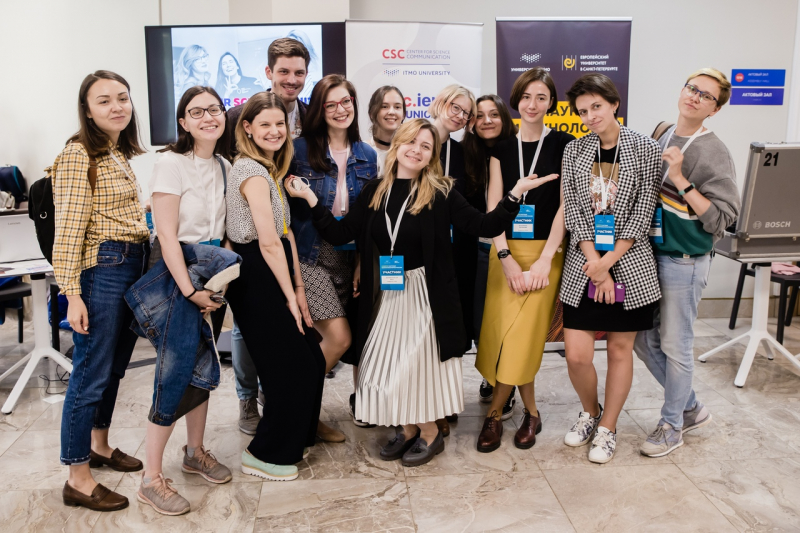
Professional disciplines are introduced as soon as the first semester, and in the second, students are given the chance to tailor their curriculum to their needs and interests by picking one of the two specializations: one focused on the creation of pop-science projects and museum curatorship, and another focused on communication in life sciences. The latter specialization was introduced last year.
“This specialization is a response to the needs of the market. When we launched the program, we didn’t anticipate there would be so much interest among medical organizations, doctors, and foundations. And our students were quite in demand in this field. That’s why we established a separate specialization. By the way, some of its teaching staff are actually our graduates, who have now become experts in their own right,” says Daria Denisova.
By taking part in practical training and internships in Russia and abroad, the program’s students can test themselves in real-world conditions and decide on a career path, establish professional connections, and, oftentimes, find a future place of employment.
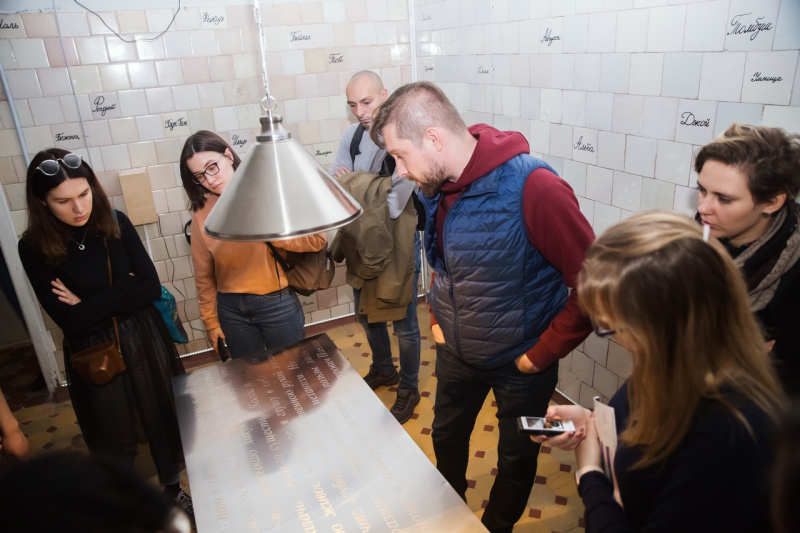
“Our graduates’ successes are a vital indicator of the program’s own success. It seems like only yesterday that they were learning to write press releases, came up with their own pitches, applied for scholarships, and interviewed scientists. Today, they are changing the very idea of science communication and its goals – they manage and create press offices, consult leading universities, and launch their own pop-science projects and research initiatives. And they come back to us not only as educators and experts, but also as customers and employers. And this makes our community so valuable,” explains Daria Denisova.
How to apply
This year, the program’s admissions campaign takes place fully online, with exam dates available in June, July, and August. Prospective students can also enroll through ITMO University’s Portfolio Contest.
Art & Science
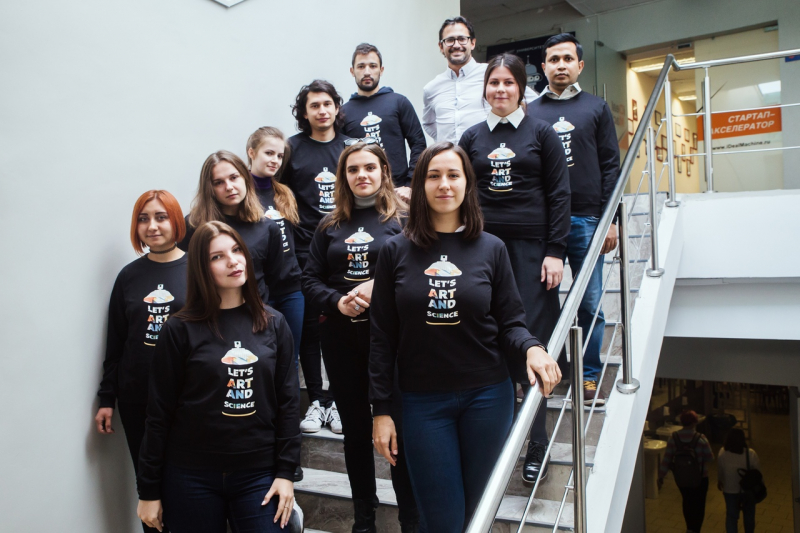
The Master’s program Art & Science was launched in 2018 and was the first Master’s program in Russia to give students an opportunity to explore the world of modern art and create art projects that utilize the language of high tech and science.
Art & Science is an interdisciplinary field of modern culture and one of the latest branches of modern art, in which artists use scientific practices and cutting-edge technologies – robotics, AI, or biotech – to create art.
“The Art & Science Master’s program provides learning and career opportunities that simply cannot exist in conventional art universities,” emphasizes Aliya Sakhariyeva, head of the Art & Science Center. “Developing Art & Science initiatives at art universities can be difficult due to their inability to use, for example, biotechnologies – they might simply not have the laboratories. Or they wouldn’t be able to work with robotics to the full extent. ITMO University already has all the necessary tools and provides artists with access to them. This is a huge advantage.”
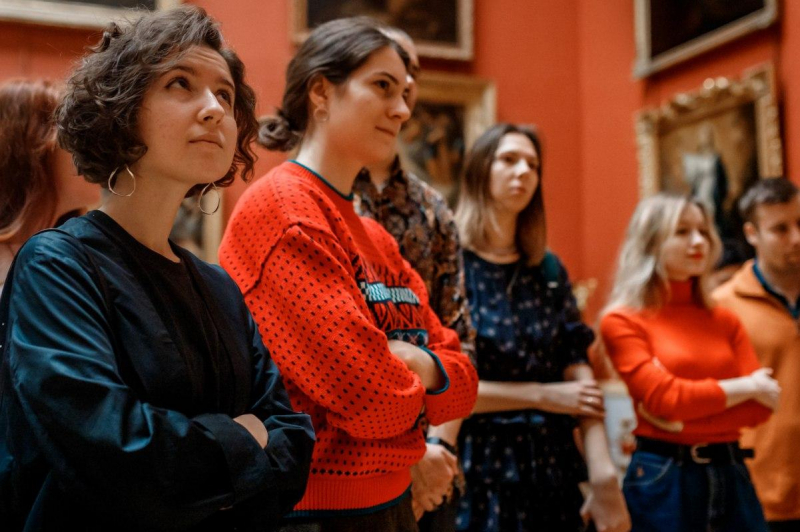
Educational structure
The program has two majors: Art & Science in Natural Sciences and Art & Science in Exact Sciences, although these boundaries are somewhat symbolic, as all projects at Art & Science are interdisciplinary by default. All classes in the program are conducted in the English language.
Another advantage of the program is that all of its teaching staff are practicing artists and curators with experience in the field, many of them from abroad – which is why studies at the program consist of numerous intensive two-week courses.
Students of the program get the chance to explore the world of modern art, meet and work with its members, establish connections, and take part in exhibitions and projects. Some of them have already presented their works at the 101 Media Poetry Festival, CYFEST, and have been invited to a major international exhibition in France. Upon graduation, students participate in an exhibition of their thesis projects.
Applicants of any background can enroll in the program. No dedicated art education is necessary, either: throughout their studies, students will have the opportunity to study theoretical aspects of modern art and acquire practical experience with various tools.
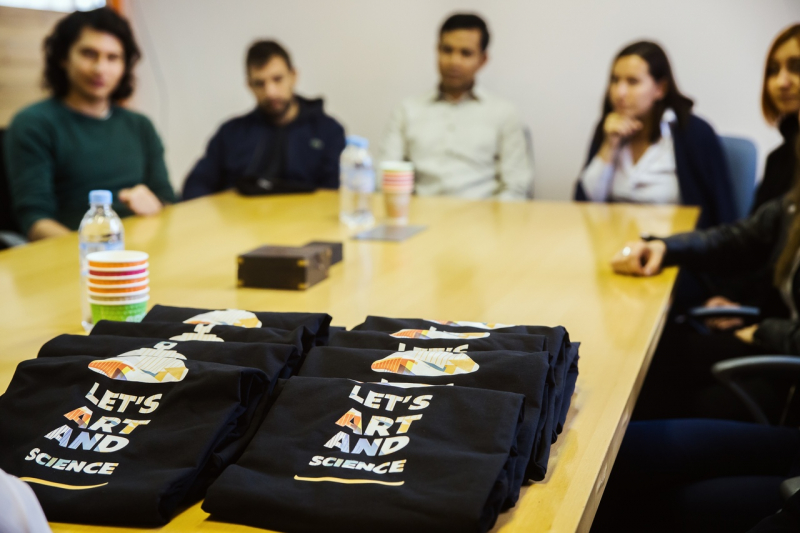
The theoretical segment of the program includes courses on modern art, posthuman studies, creative project management, and project curation. The program’s staff aim to provide students with as many instruments as possible, which is why the program is constantly changing and introducing new disciplines. This year, a new subject, Audio-Visual Art Practices in Modern Art, will give students an opportunity to learn more about sound art.
Students also acquire data processing and analysis skills and learn how to work with AI. However, the program doesn’t aim to turn them into robotics or programming specialists: most Art & Science projects are created in collaboration with various specialists, laboratories, and departments of the university. Students working on their own art projects will soon have at their disposal the new art residency at Birzhevaya Liniya 14, where they’ll also display their thesis projects.
The program trains not only artists, but also curators, researchers, art entrepreneurs, designers and 3D specialists, and creators of installations, art spaces, and art technologies for businesses.

How to apply
There are several ways to enroll in the program: via the Portfolio Contest, entrance exams, or the program’s own entrance contest. Participants of the latter need to submit a portfolio of their art or science projects, a CV, and a motivation letter describing projects the applicant would like to work on. Winners and runners-up of the I Am a Professional competition are also eligible.
Prospective students can prepare for their entrance exams by checking the program’s list of exam questions and recommended literature and joining its online Premasters course. The Art & Science Center’s Facebook page provides regular updates on projects, artists, and student experiences, as well as information for applicants. The Center hosts regular open days and Portfolio Reviews – individual 15-minute online sessions for those unsure about their portfolio.
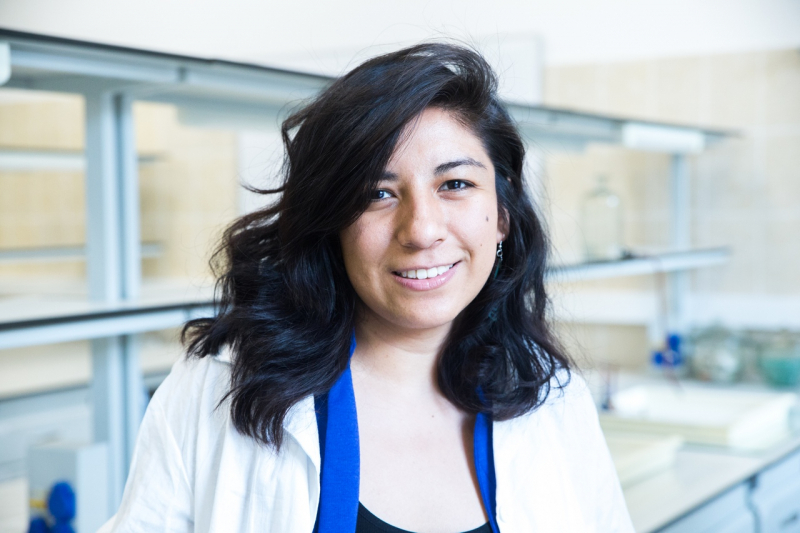
Anyone interested in science art will enjoy the SciArt Talks podcast, hosted in English by Laura Elidedt Rodriguez Torres, biotechnologist, bioartist, and a student of the program. The host discusses art, posthumanism, transhumanism, and many other topics with world-class artists and curators. Among its guests are such renowned artists as Maja Smrekar, Anna Dumitriu, Helena Nikonole, and Dmitri Ozerkov, head of the program and the director of the Hermitage Museum’s Department of Contemporary Art.
This summer, you can learn more about projects at the intersection of art and biotech during the Bio&Art: Biomaterials In Art summer school. The school’s participants will learn about the aesthetic potential of microbial cellulose (MB) and plant fiber, as well as the philosophical implications of working with biomaterials and growing hybrid bodies in artistic practice. At workshops, the students will have the opportunity to work on their innovative ideas and address issues of sustainability, ethics, and aesthetics of working with living organisms.
Data, Culture and Visualization
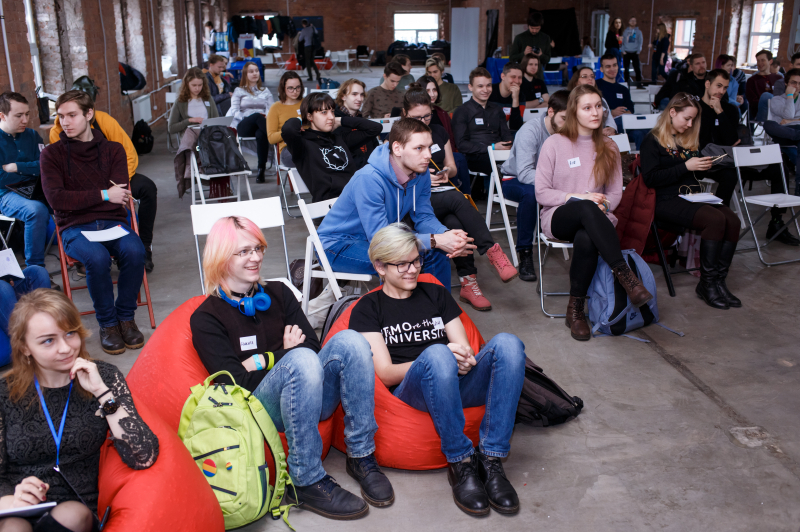
The Master’s program Data, Culture and Visualization is the result of a collaboration between the Digital Humanities Research Center, the Laboratory of Machine Learning, and various cultural institutions of St. Petersburg. This interdisciplinary program, taught in two languages, brings together humanities studies and computer technologies.
Within the program, conventional research methods used in historical, linguistic, cultural, and sociological studies are adapted for use with big data, digital objects, and digitized material. Naturally, the program is designed first and foremost for applicants with a background in history, philosophy, cultural studies, and museology who wish to acquire skills in programming, database creation and use, and product management. Nevertheless, the program also welcomes students of technical backgrounds who would like to try themselves as team leads and to work on projects of social importance in the field of digital humanities (DH).
Educational structure
The program consists of two tracks: Digital Humanities Research, taught in Russian, and Cultural Analytics, taught in English. The first focuses on programming, machine learning in DH, and mapping and development of geographic information systems. The track is curated by experts of the Institute of Russian Literature (Pushkin House), as well as Kimon Keramidas, the co-head of the DH Center and a New York University professor.
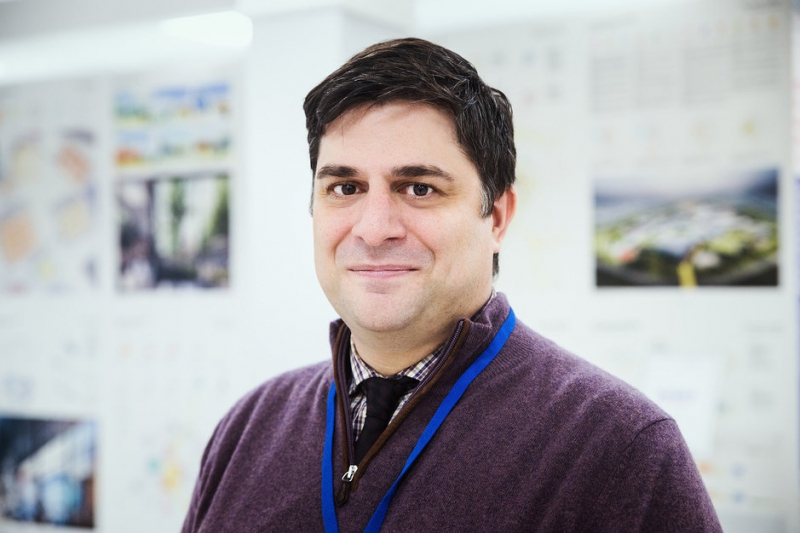
The second track centers on methods of online research, social media analysis, and the theory of digital media. Lev Manovich, the founder of the field of cultural analytics and professor at City University of New York, will co-curate the track.
Each course of the program is split into modules up to two weeks in length. The program entails collaboration with international partners, universities, and guest lecturers. An active semester exchange program is also featured.
As the program’s head Antonina Puchkovskaia points out, the students are immersed in practical work and closely integrated into cultural institutions right from the start.
“There are various cultural institutions that provide us with platforms for practical training: we’ve already got agreements with the State Hermitage Museum, Mayakovsky Library, Kunstkamera, Lermontov Library, Anna Akhmatova Museum, Dostoevsky Museum, and others. I would like to note that colleagues from our partner institutions take active part in our admissions campaign as members of the admission committee. Starting in the first semester, our students are assigned to different case projects provided to us by these organizations. For our part, we try to do everything necessary to give our students a chance to try on the role of a DH project curator at every stage from an idea to a prototype. These institutions, on the other hand, help us by consulting the students. Subsequently, the cases will either flourish into graduation theses or become a part of their portfolios,” she says.
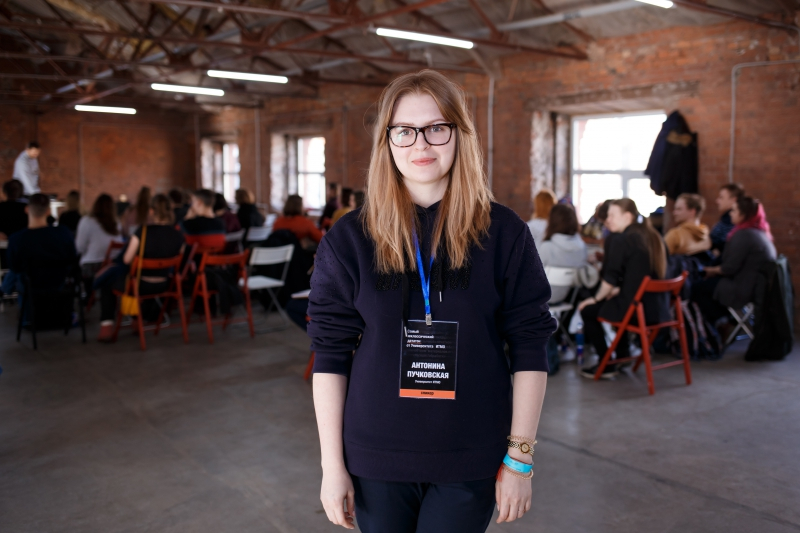
Students of the program can join an existing project, pick a case offered by one of the partners, or propose their own idea for a DH project. The Digital Humanities Center is currently at work on three major projects. The first is St. Retrospect, an interactive open source map that contains historical and cultural metadata on St. Petersburg’s key toponyms.
The second is an app that introduces gamification into learning about the history of St. Petersburg. The project aims to develop the under-studied topics of representation of historical and cultural heritage in a virtual environment and involves quests and virtual tours in which the tour guide, as a medium, is replaced by a technical element.
The third project analyses the phenomenon of toxicity in Russian new media and its integration into the paradigm of cultural studies. It aims to solve the issue of identifying toxic statements in Russian in the digital media space and to classify them through the use of machine learning algorithms and subsequent analysis of toxicity through the lens of cultural studies.
With the skills and knowledge they’ve acquired, graduates of the program will find employment in scientific and academic research, as well as analytics, marketing, cultural heritage management, curation, and other cultural trades.
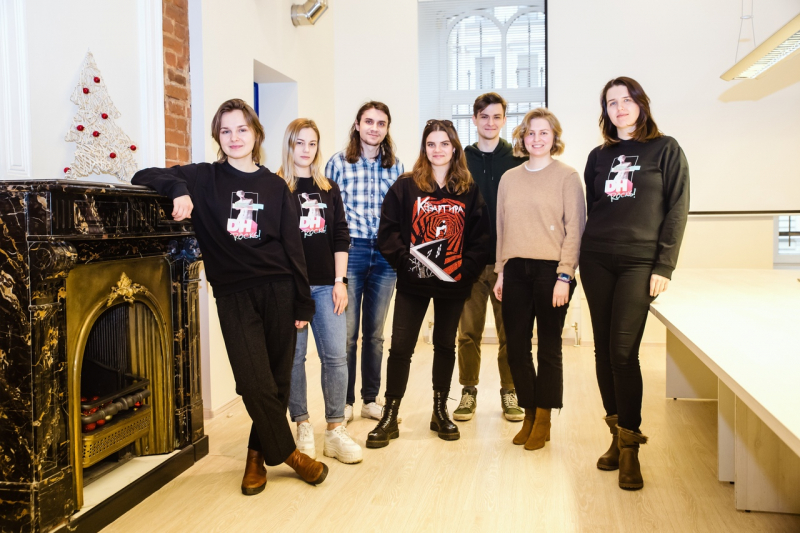
How to apply
The most efficient way to enroll in the program is to take part in the Portfolio Contest – the program’s staff consider this the most simple and convenient method. In their motivation letters, the applicants should describe which case and at which cultural institution the student would like to work on; those with the clearest and most specific interests will be given preference.
Entrance exams for the program will take place online throughout June, July, and August. Applicants may review the list of exam questions, the list of recommended literature, and the list of online courses as part of the Pre-Masters program.
The DH Center’s Facebook page regularly shares instructions on how to fill out your portfolio and hosts open days in Russian and English, during which the staff share insights into the field of DH and answer commonly asked questions about applying to the program.
Science and Technologies in Society
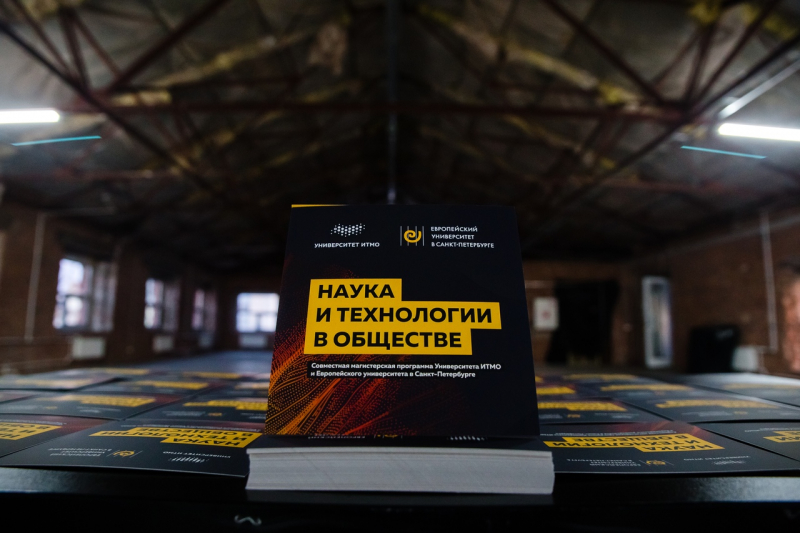
Last year, ITMO University and the European University at St. Petersburg launched their first joint double-degree program Science and Technologies in Society.
At ITMO University, the program is managed by the Center for Science Communication; at the European University, by the Center for Science and Technology Studies (STS Center), the leading research lab of its kind in Russia.
The program is designed for those with a background in social sciences and humanities, as well as those with natural science and technical degrees who are interested in exploring the connection between science, technology, and society.
Its goal is to train specialists in the field of social studies and science & technology analysts. As Andrei Kuznetsov, an associate professor at ITMO University and a researcher at the STS (Science and Technology Studies) Center, explains, the Russian labor market is currently severely lacking in experts of this type.
“In recent decades, the nature of science itself has changed greatly. Universities are becoming increasingly integrated into the industry. As technologies become more advanced, the border between science and tech begins to blur. This leads to some unexpected transformations: universities or research groups create startups, scientists move from academia to the industry and back, joint academic and business projects emerge. The conventional idea that science discovers, technology applies, and the industry makes is no longer applicable, as these processes have mixed and fused. And that must be studied,” he explains.

Students of the program are taught to navigate among the multitude of scientific, technological, social, cultural, and political processes. Among the subjects studied here are scientometric analysis, science and technology mapping, social theory, innovation studies, and sociology. Graduates may build a career in innovation management and consulting, startups, scientific and technical research, business analytics and anthropology at high tech companies, communication, and marketing. They may also continue working on research projects on the relationship of science and society.
Educational structure
The program consists of two tracks: Innovation and Sustainable Development, which places more emphasis on management in the field of science and technology, and Strategic Communications in Scientific and Educational Institutions.
The program gives special attention to practical training and letting students do their own research:
“The disciplines within our programs entail case analysis, development and design of research projects, and field training as well as independent research. Students will have the opportunity to see how innovations really work – while developing them. As part of my course Innovations and Society, two teams of students work on fascinating projects: one team analyzes a driverless car project for a St. Petersburg-based company; another studies the development of a wearable device that tracks human cognitive activity using electroencephalography (EEG),” says Andrei Kuznetsov.
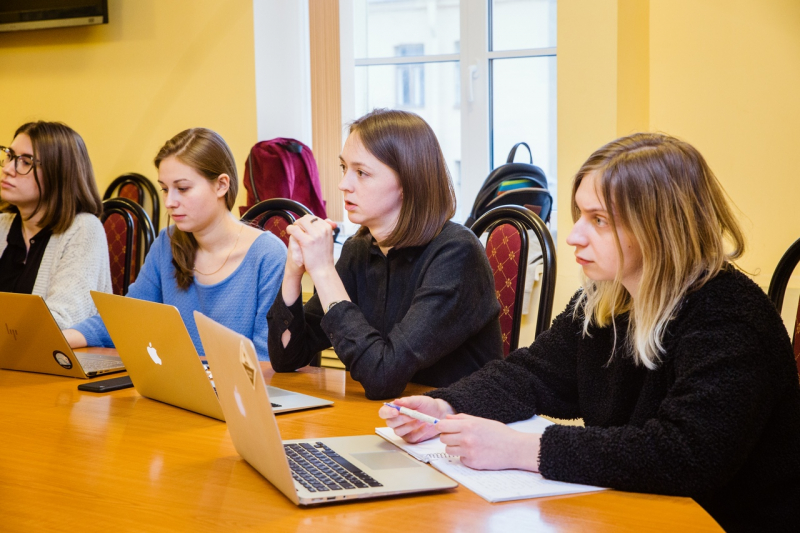
In the coming academic year, applicants should treat as their jumping-off point two main projects being currently developed by the European University’s STS Center: the first analyzes the social and political debate surrounding climate change and the era that is nowadays called the Anthropocene. The second project maps the technological diversity of the driverless car industry. Still, applicants who already have their own project ideas will be able to work on them as part of an individual track.
How to apply
The only way to enroll in the program is to pass the entrance exam, which will take place online in July and August. The Portfolio Contest does not apply here due to the difference in admission procedures between the two universities. Preparatory material for the program (in Russian) can be found on its official page.
